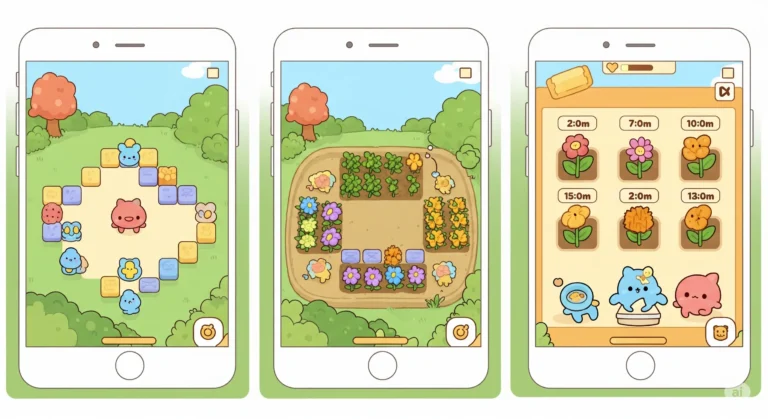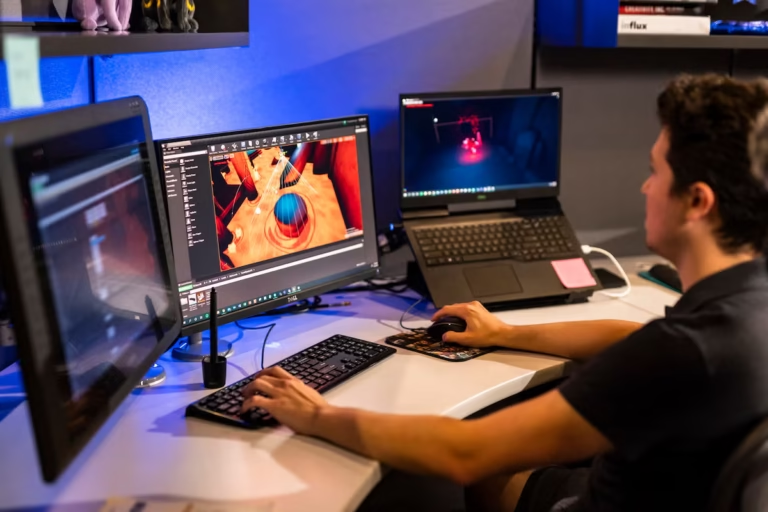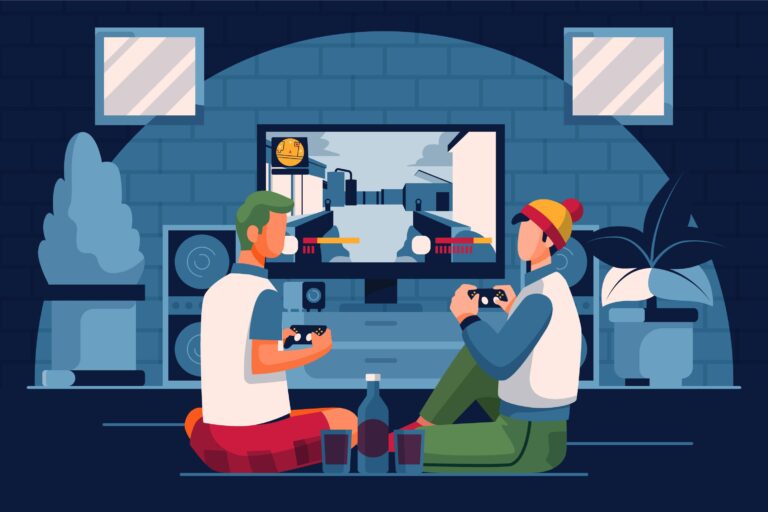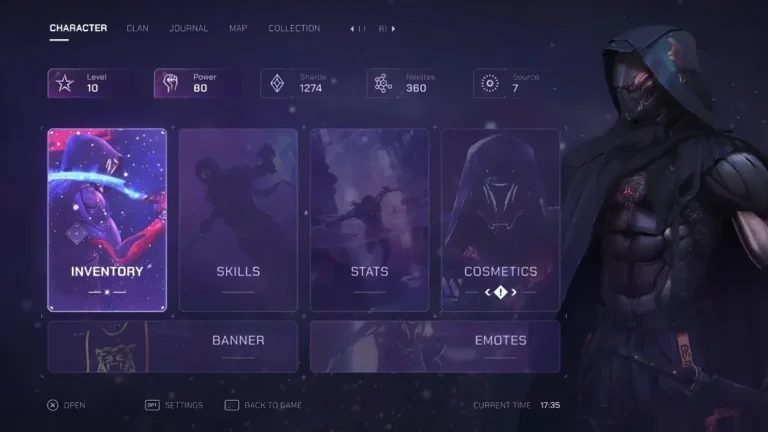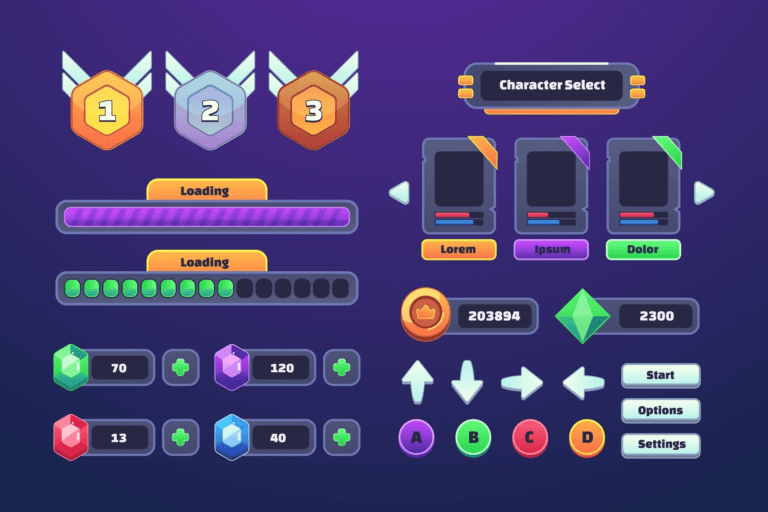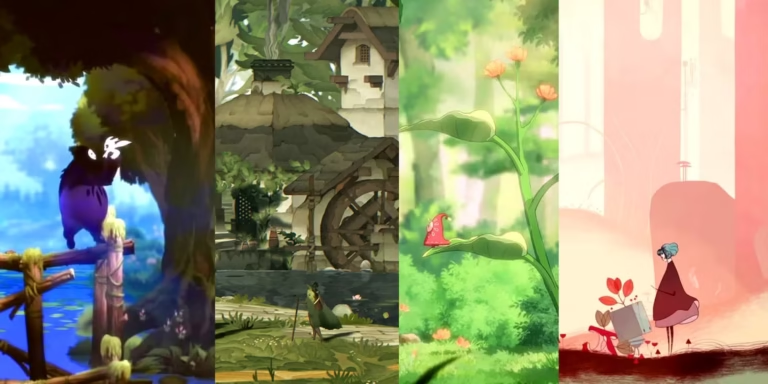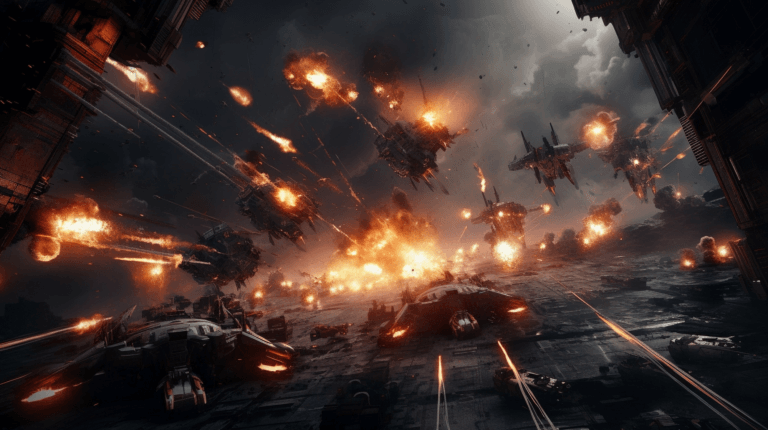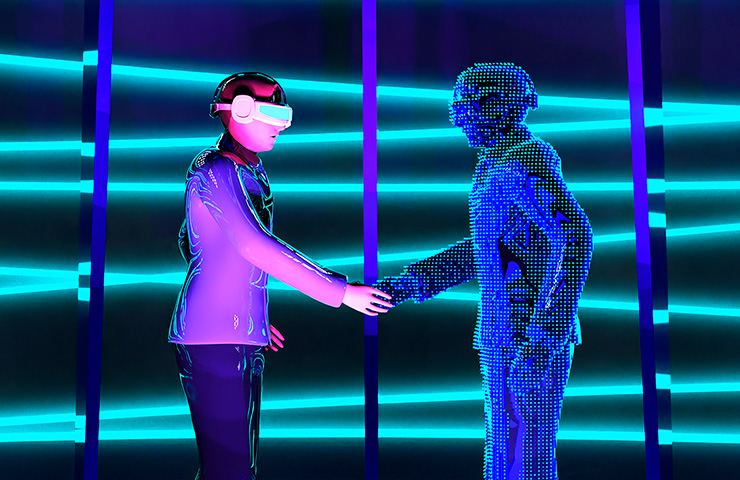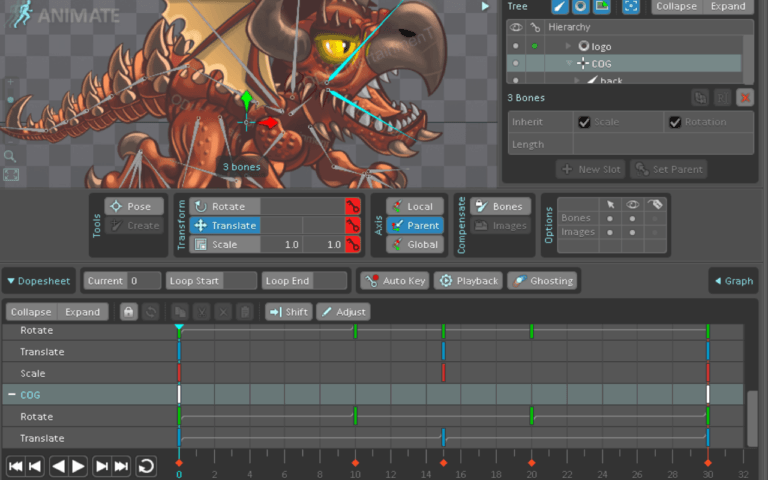3D art style refers to the visual aesthetic and design approach used in three-dimensional digital art and graphics. One of the most exciting yet challenging aspects of game development is choosing the right 3D art style. With limitless aesthetic possibilities, how do you select a visual direction tailored to your project? It’s about more than just personal taste – art style should complement gameplay and resonate with target players.
You can find countless lists attempting to categorize the myriad of different potential 3D art styles. Blog posts offer glossaries of every stylistic subtype imaginable – cel shading, low poly, voxel, impressionist, silhouette, etc. But these labels are ultimately abstract conceptualizations. In practice, the possibilities for unique game art styles reflecting individual artistic visions are virtually infinite.
For this article, we will focus our discussion on the two overarching ends of the 3D graphics spectrum – photorealism and stylization. Every aesthetically impactful decision a game artist makes lands somewhere between these two poles. Reality-focused textures and lighting enhance authenticity, while exaggerated colors and proportions increase expressiveness. By understanding these core poles and how they interplay, you gain essential knowledge applicable to guiding any art style choice.


Need Game Art Services?
Visit our Game Art Service page to see how we can help bring your ideas to life!
Realistic 3D Art - Unparalleled Immersion
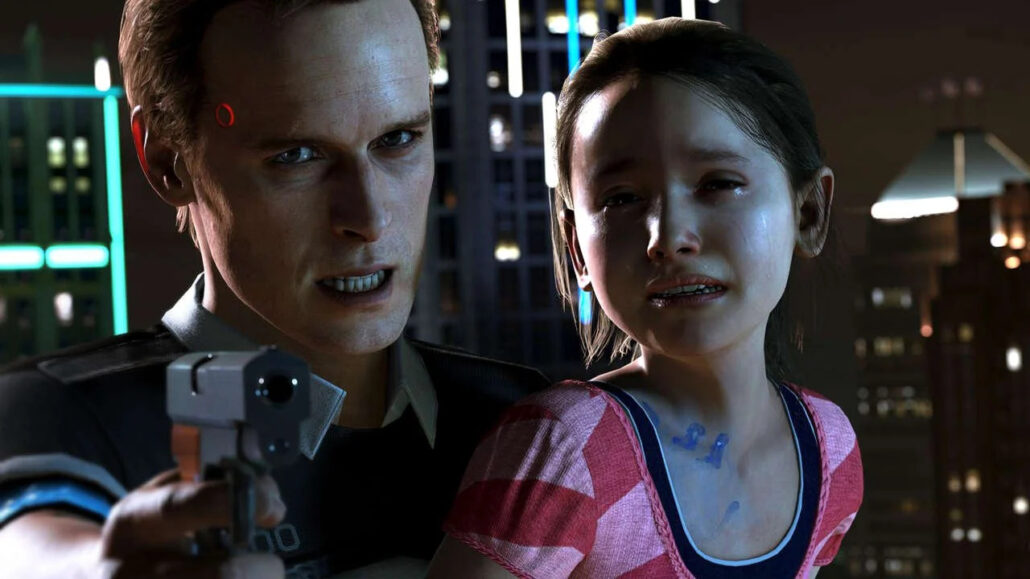
From Detroit: Become Human by Quantic Dream.
On one end of the spectrum, photorealistic 3D art aims to recreate the real world with precision down to the finest details. Smooth, lifelike textures, accurate lighting, and precise physics modeling are hallmarks of realism. This monumental feat was once only possible in pre-rendered cutscenes. But relentless GPU advances now render jaw-dropping real-time environments.
So, which games gain the most from realistic 3D art? Cinematic adventures and open-world RPGs thrive on intricately crafted worlds that heighten immersion and suspend disbelief. The atmosphere and story take center stage here, so realistic art creates an impactful setting. For competitive genres like sports sims and shooters, authenticity legitimizes the experience. It’s all about making the action feel true to life.
Case Study: Red Dead Redemption
Rockstar’s epic Wild West drama boasts some of gaming’s most stunningly beautiful vistas, all portrayed with an uncompromising commitment to realism. From harsh desert plains baked under the hot sun to frigid snow-capped mountains, the landscapes look practically indistinguishable from real nature documentary footage. This level of painstaking environmental verisimilitude is essential for fully believing you’re inhabiting a historical frontier setting.
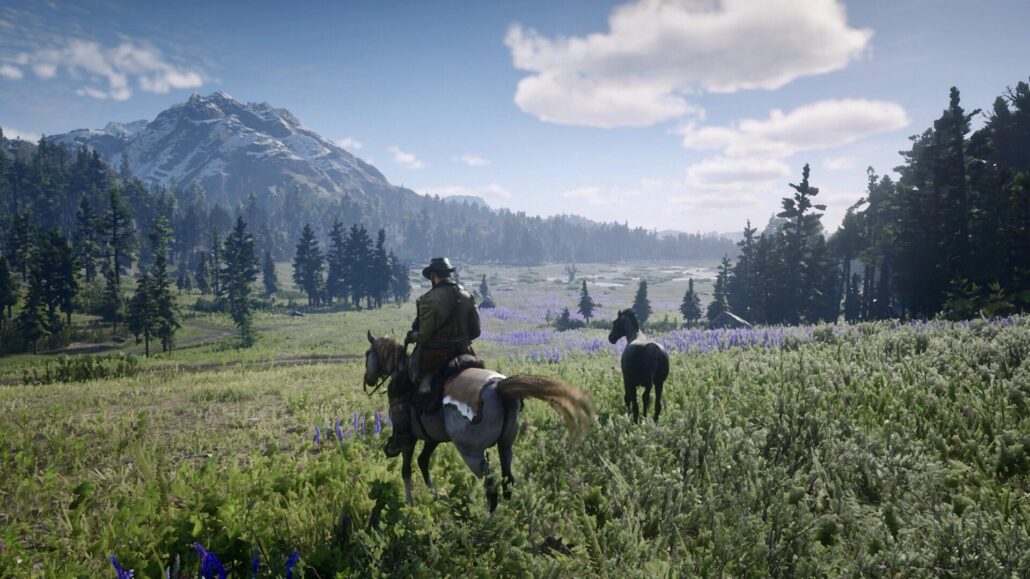
Red Dead Redemption 2 graphics and art direction are just amazing.
But such incredible fidelity comes at a steep price – crafting these ridiculously detailed, fully explorable worlds demands massive budgets and development times. Red Dead Redemption 2 cost over $540 million and took eight years to create. For smaller studios, realism simply isn’t feasible. The technology and manpower required restrict this pinnacle of immersion to wealthy AAA powerhouses.
Stylized 3D Art - Creative Expression on a Budget
On the opposite end of the spectrum, we have stylized 3D art that filters reality through an imaginative lens. Simplified texturing, exaggerated proportions, and vibrant palettes imbue stylized graphics with handcrafted personality. By embracing distortion, abstraction, and accentuated features over clinical accuracy, stylization allows creators to develop freely in their own visual language. If you want to find out more about taking the most out of simple yet stylized graphics, read our article about low poly game art.
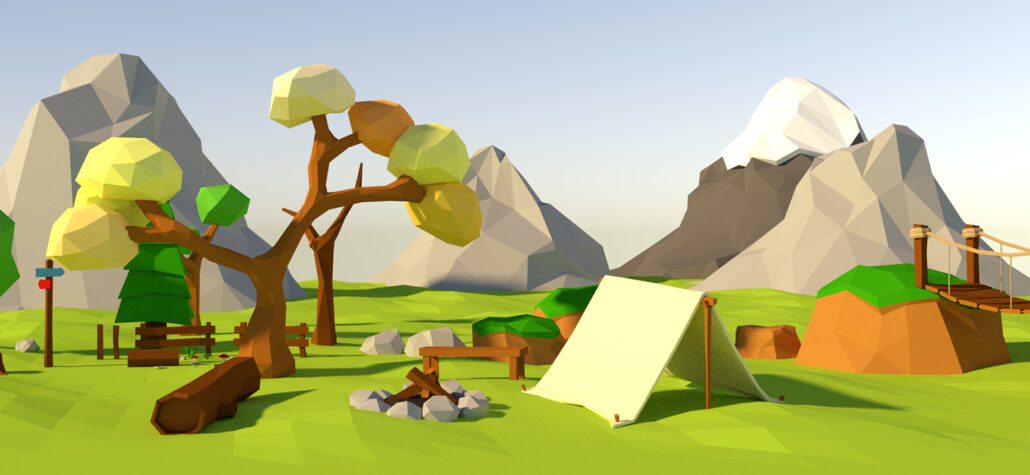
This approach also reduces technical constraints – stylized aesthetics demand far fewer resources compared to photorealism. Using art direction instead of processing power enables smaller teams with limited budgets to fulfill grand artistic visions. Stylized graphics also enable a broader reach since less powerful hardware can still effectively render them.
So which gaming genres make smart, creative matches with stylized 3D art? Colorful platformers and cartoonish adventures benefit tremendously from playful, exaggerated art styles. The tone aligns perfectly with lighthearted stories and arcade-inspired mechanics. Stylized aesthetics can also add refreshing unconventional flair to all game genres, as the cel-shaded look of Borderlands is applied to a looter shooter.
Case Study: Fortnite
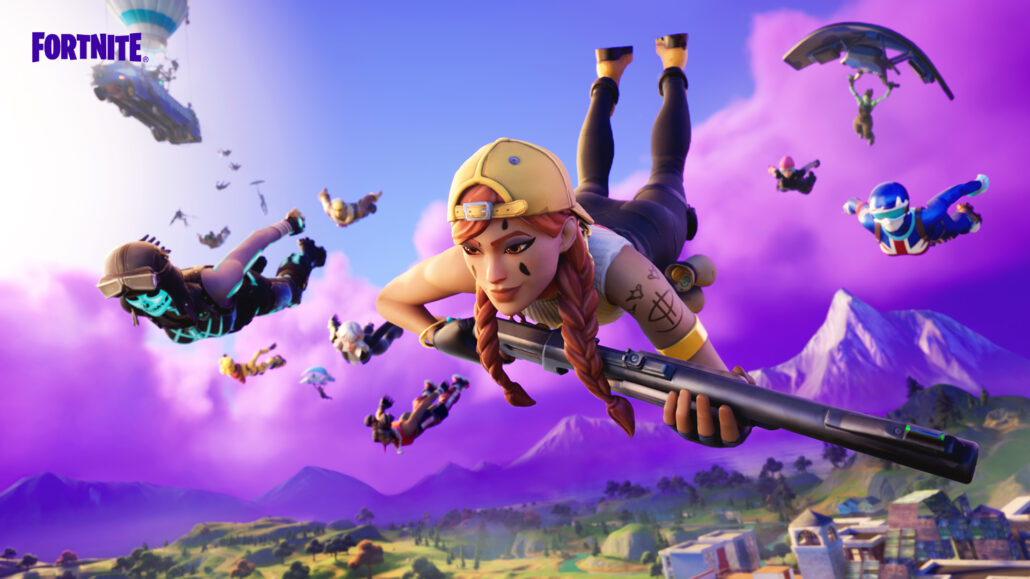
Fortnite by Epic. Realistic? No. Impressive? Yes.
Epic Games’ cultural sensation, Fortnite, demonstrates how stylized aesthetics can complement accessible gameplay and ubiquitous availability. Fortnite’s bubbly visuals and über-colorful world suit the straightforward run-and-gun action. The lower technical requirements also facilitate the game’s availability across countless platforms, from phones to consoles.
The result is a hit with audiences far beyond hardcore gamers. Fortnite wouldn’t have become a global phenomenon without its distinct, stylized look – realism would alienate casual players. This proves that graphical power means nothing without cohesive art direction. It’s not processing muscle but artistic vision that creates enduring gaming icons.
Read More: What is 3D Art?
Choosing Between Realism and Stylization
So how do you choose between realism and stylization when developing your 3D game? Consider your genre, target platform, production resources, and artistic vision. Photorealism may seem inherently superior thanks to its unparalleled immersive fidelity, massive detail, and precise physics.
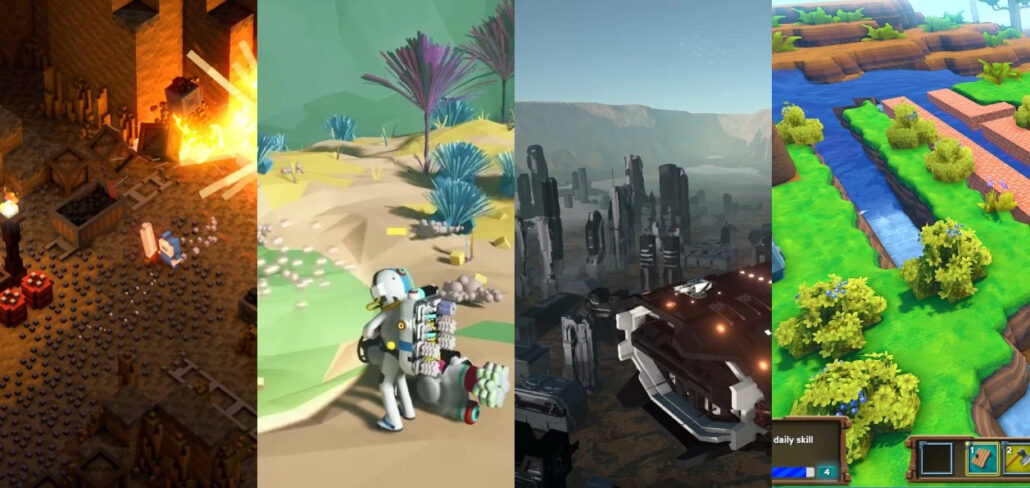
But stylization is far more accessible, faster to craft, and offers endless creative freedom. Both can shine when applied strategically – it ultimately depends on your goals, audience, and capabilities. Small indie teams rarely have the capacity for realism, but powerhouses like Rockstar leverage it masterfully. You can read more about the differences between realistic and stylized art styles.
Just remember – technical impressiveness alone won’t compensate for poor art direction. The most crucial factor is crafting a visual style that complements your game’s core strengths and identity. This artistic harmony results in worlds that players yearn to inhabit again and again. Never underestimate the emotional potency of visionary art, whatever form it takes.
Mixing Styles for Balance
While we’ve compared realism and stylization as opposites, smart developers blend aspects of each for balance. Using stylized characters against photorealistic backgrounds avoids the uncanny valley. Different aesthetics can also distinguish interactive/static elements. This mixture allows emphasizing characters while economizing on environments.
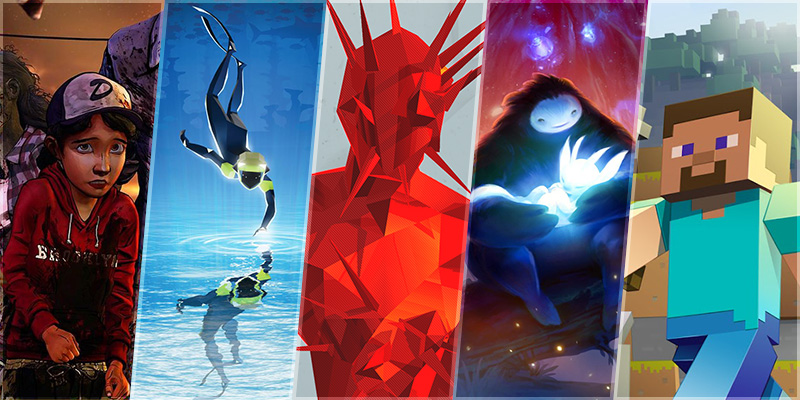
Stylized elements like UI menus can also overlay realistic gameplay seamlessly due to art direction unifying disparate styles. Mixing aesthetics provides the most meaningful aspects of both schools – personalized characters and immersive worlds. Evaluate your game holistically to determine which facets benefit most from either stylization or realism for the optimal combo.
Let Story and Gameplay Drive Art Style
Every decision regarding 3D art services should serve your game’s core identity – don’t choose based just on technology or your personal taste. Photorealism may seem objectively superior, but that means nothing for a cute casual platformer. Similarly, an emotionally heavy narrative climax loses poignancy in a cartoon world.
Analyze your story premise, target audience age and tastes, and gameplay physics – how do these ingredients inform visual aesthetics? Choose realism for sober, gritty stories or stylization for joyful escapism. This perfect marriage of form and function cultivates cohesive experiences that resonate deeply. Never underestimate the psychological influence art style exerts over the player’s mindset.
Future Outlook
Real-time ray tracing and virtual reality headsets aim to close the final gap between games and reality. But creatives are realizing technical advances alone cannot drive the medium’s evolution – stylization allows artistic self-expression unfettered by tech limitations. Expect the lines between realism and stylization to blur further as GPUs grow exponentially stronger.
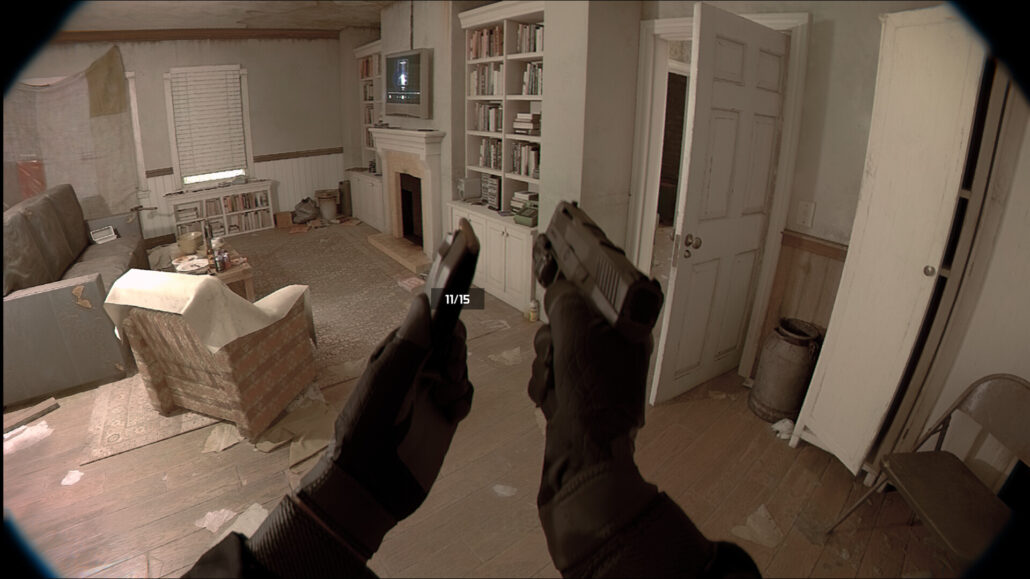
Unrecorded by DRAMA. This game’s ultra-realistic graphics is just a taste of things to come.
Perhaps someday, photorealistic graphics will be commoditized while stylization remains the last bastion of ingenuity. But we will always crave spaces that satisfy our imagination over our senses. This timeless human proclivity for the fantastical ensures stylized art will endure regardless of tech progress.
The greatest constant of the gaming medium is how art style can directly speak to a player’s soul when harmonized properly with gameplay and story. Whether through lifelike worlds or abstract dreams, eliciting emotions transcends uncanny visuals. Choose your artistic vision thoughtfully, and you can craft experiences just as memorable.
We hope these insights help guide your game development journey. Just remember – there are no inherently “better” aesthetics, only optimal artistic matches between form and function. Let your vision be the muse.
Pixune Studio takes pride in its versatility and the vast range of art styles that our artists can bring to life. From stylized cartoonish animations, to photorealistic game cut-scenes, we have done it all. But don’t take our word for it; be sure to check out our portfolio on game art. Got a game project that needs art? or maybe you want to improve the graphics of your already-published game? Contact us to find out what we can do for your project.
